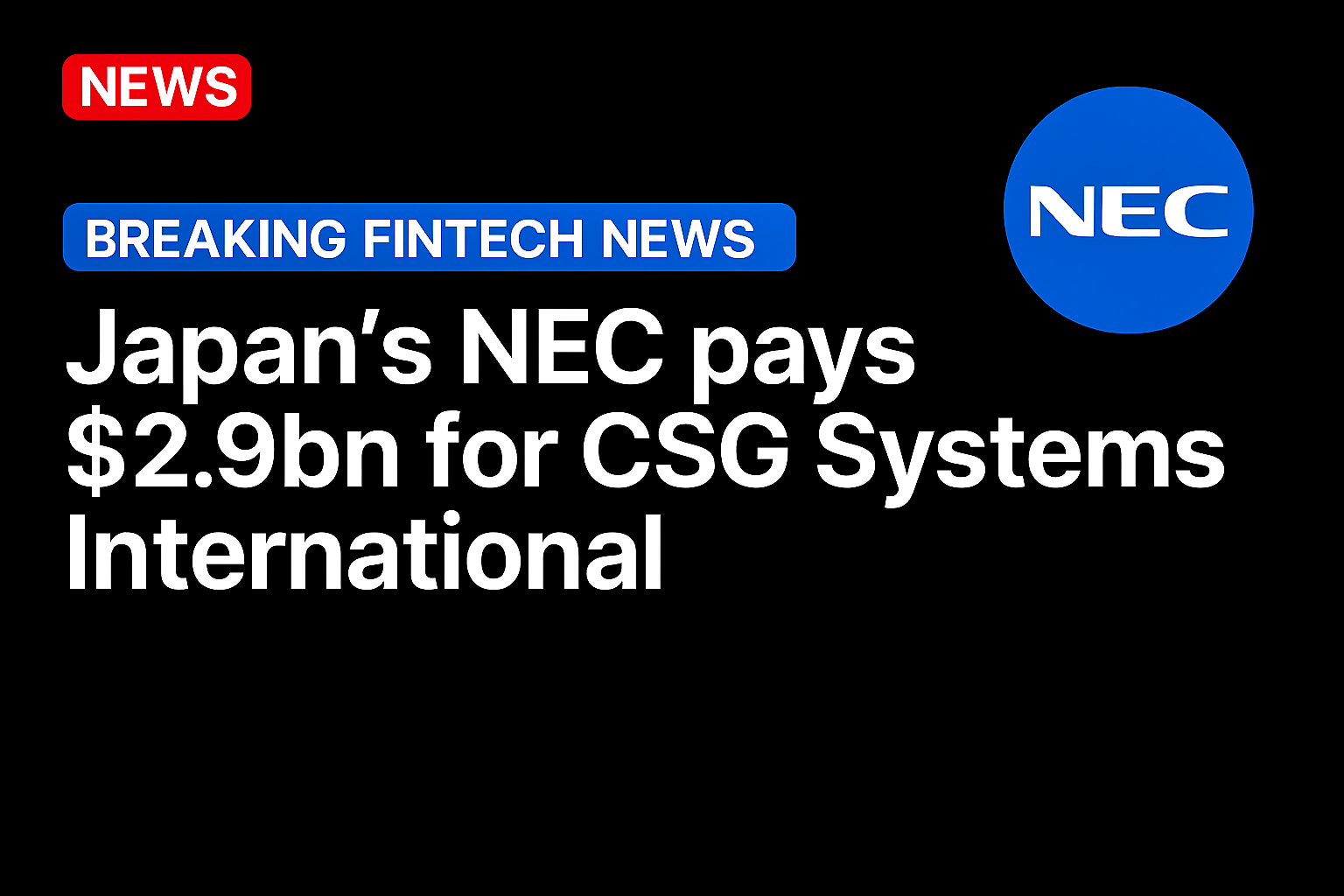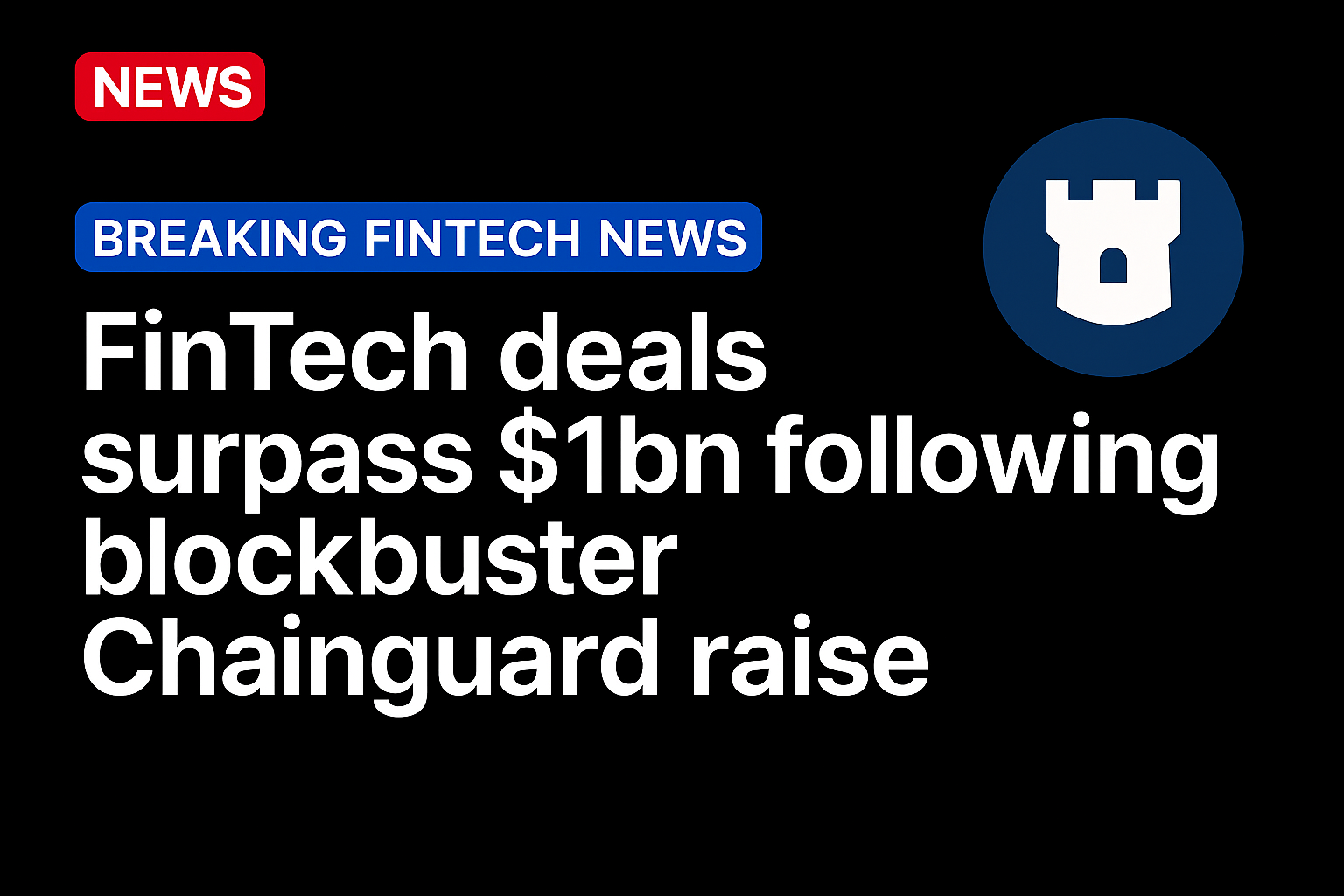B2B payments are the lifeblood of global business, and few innovations have scaled as rapidly (and as unevenly) as virtual cards across B2B.
“Virtual cards are growing tremendously in the market, with estimates that range from anywhere between 15% to 25%. But while they’re a great tool for buyers, they can be a resource drain for suppliers,” Abhishek, global head of B2B Acceptance at Visa Commercial Solutions, told PYMNTS CEO Karen Webster in an interview conducted as Visa announced its new AR Manager automation tool.
Virtual cards have long been a double-edged sword. Loved by buyers for their control, security and working capital benefits, they can often burden suppliers with tedious onboarding processes and the manual reconciliation of virtual card payments from multiple buyers.
“Suppliers will get an email, search for the password, go to a website, retrieve a card number, go to their ePOS, enter that number, retrieve the amount, and then wait for the money to show up,” Abhishek said.
There’s an immense amount of resource drain, which is a pain point that is multiplied by the number of virtual card payments received across a variety of buyers they may do business with, he said.
As Webster pointed out, “when you’re doing things manually, there’s a lot of opportunity for mistakes. And when there are mistakes, you don’t get paid right away.”
For Visa, this pain point represents an opportunity. Visa AR Manager is a new platform designed to automate the accounts receivable (AR) process for suppliers accepting virtual cards. As Abhishek told Webster, AR Manager is a “home-grown” innovation built by Visa versus partnering or building on someone else’s infrastructure.
The launch of AR Manager, at the annual Visa Payments Forum, is aimed at reducing supplier friction and boosting overall acceptance of virtual cards across B2B by standardizing the way that suppliers accepting virtual cards, and for the buyers using them, get paid more efficiently.
“The capability is ubiquitous,” Abhishek said. “It works with all issuers, all acquirers and all suppliers, which has been the vision from day one.”
The broader goal of Visa’s AR Manager is to activate a network effect using suppliers as the catalyst for change.
“We are now in a position to say [to suppliers], if your financial institution is ready, we can help you,” Abhishek said. “And we’re encouraging suppliers to let their institutions know [they’re ready].”
Webster said this creates a dynamic shift in the market.
“That doesn’t always happen with virtual card products,” she said. “It’s interesting to see suppliers now putting pressure on issuers to help standardize how they’re paid across their buying communities [using virtual cards].”
That network effect has the potential to change what was once reluctance on the part of suppliers to accept virtual cards. As suppliers see the value in eliminating manual processes and making payments fast, Visa is betting they will start to request virtual cards to expedite cash flow and put pressure on buyers and their banks to create a better vendor payments experience.
It’s a dynamic that Abhishek said could persuade suppliers to create the efficiencies virtual cards present within their own organizations.
Fixing the Friction in Supplier Virtual Card Acceptance
Abhishek said the supplier-side friction that Visa is targeting isn’t just inconvenient; it’s expensive. According to Visa’s internal estimates, processing a single virtual card transaction manually can take five to 15 minutes. Over thousands of payments, this translates into an operational burden.
Visa AR Manager automates the entire process, from payment receipt to enterprise resource planning (ERP) reconciliation, creating a seamless “straight-through” experience for suppliers, he said.
The company’s journey from concept to commercial availability began about 18 months ago, when Visa launched a limited pilot to test email-based reconciliation automation. The feedback from early adopters was encouraging but also pointed to the need for a more scalable and flexible platform, he said.
“We’ve expanded our capability from purely email-based automation to batch file-based automation,” Abhishek said. “In the future, it will become API-based… For those who already accept, the platform makes it easier. For those who don’t, it removes the hurdle for acceptance… They just need to send us sample batch files or emails.”
The platform has been built to require zero development work on the part of participating financial institutions, something that Webster called a “valuable asset,” noting that a four- to 12-week onboarding period could otherwise become “four to 12 years” if custom development were required.
The real value becomes clear when reconciling those payments with ERP systems, which is a task often mired in complexity and risk of mismatch, Abhishek said.
Moving Toward Seamless Payments
One of the most potentially transformative promises of Visa AR Manager is its potential to improve suppliers’ cash flow and working capital metrics, which are often throttled by payment delays or reconciliation backlogs.
“Cash flow is the lifeblood of any corporation,” Abhishek said. “If a payment comes to someone who’s out of the office, on vacation or in meetings, it just sits there and ages. With AR Manager, the moment the payment is received, it’s automatically processed. We’ve seen days sales outstanding (DSO) go down for corporates who’ve moved to this solution.”
This isn’t just about convenience; it’s about operational efficiency. One of the unexpected challenges Visa encountered during the build was the variation in how virtual card data is formatted.
“We thought there might be four or five email templates,” Abhishek said. “Suppliers sent us hundreds. Every buyer has their own format. Every AP solution, their own format. Every financial institution, their own. Suddenly you have thousands of formats.”
That revelation underscores the scale of the problem Visa set out to solve — and why automation at the AR layer could become a cornerstone of commercial payments modernization.
Source: https://www.pymnts.com/





